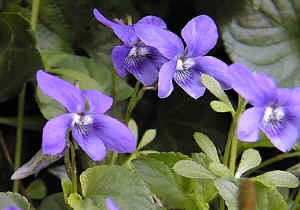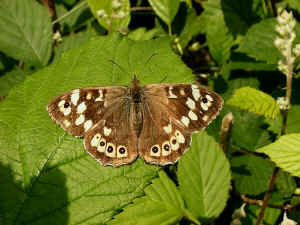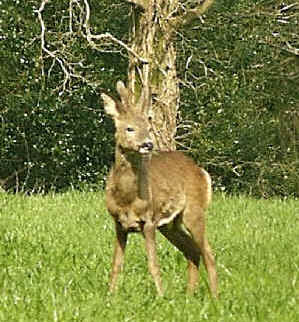Managing Woodlands for
Biodiversity (2)
previous
 |
Different plant species have different light requirements. Therefore, in addition to generally increasing the amount of light reaching the woodland floor, encouraging a range of light levels within a woodland will also improve plant diversity. Coppicing is a good way to ensure that there are a variety of different light levels in a woodland. This allows plants with very different light requirements to grow within the same general area. |
| . | |
 |
Coppicing will often improve butterfly diversity in a woodland as a side effect of the improvement in plant diversity. Butterfly colonization is dependent on the presence of the food plants of the caterpillars. For many species, these are plants which occur in the field layer of a woodland. Therefore, opening up the tree canopy and creating glades where grasses and herbs can flourish increases the chances that the butterfly food plants will be present. It may take several years for butterflies to establish in newly coppiced areas. |
| . | |
 |
Deer fencing or control may be
essential if coppicing is to be commercial. Fencing out deer is expensive as well as being
detrimental from a conservation point of view. The deer are a natural part of the
ecosystem. They will continually alter the structure of the wood by their grazing
activities, as well as enriching it with microhabitats such as dung and carrion (upon
their death). The total exclusion of deer from
a woodland may adversely affect butterfly colonization. The 'Coppice for Butterflies
Challenge' 1 a woodland grant scheme,
found that without some measure of grazing, the coppice had mostly grown up and formed a
closed canopy again within three years. This was not long enough for the butterflies to
become really established. |
1 Warren, M; Clarke, S and Currie, F. (2001) The Coppice for Butterflies Challenge: a targeted grant scheme for threatened species. British Wildlife 13(1) 21- 28.
|
|
Woodland Management Contents